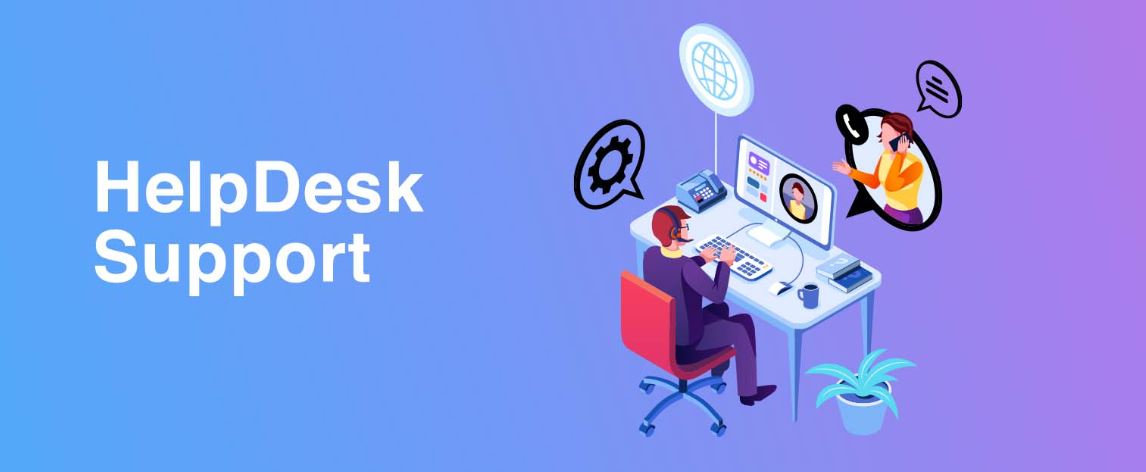Service Desk vs Help Desk: Whats the Difference?
In the world of IT and tech support, you’ve probably heard the terms “Service Desk” and “Help Desk” used interchangeably.
While they both play crucial roles in assisting users and maintaining a smooth IT environment, they aren’t exactly the same. Let’s dive into the key differences between a Service Desk and a Help Desk.
1. Scope of Support:
Help Desk: A Help Desk primarily deals with handling and resolving user-reported issues and incidents. These could be problems like software glitches, hardware malfunctions, or login issues. The focus here is on providing quick solutions to get users back to work promptly.
Service Desk: A Service Desk goes a step further. It not only addresses user issues but also manages service requests, handles change management, and provides IT services proactively. It takes a broader approach by overseeing the entire IT service lifecycle.
2. Proactive vs. Reactive:
Help Desk: Help Desk Support is generally reactive in nature. They respond to issues as they arise, aiming to resolve them swiftly to minimize disruptions.
Service Desk: Service Desks adopt a more proactive stance. They not only react to incidents but also work to prevent them. This involves monitoring systems, analyzing data, and implementing changes to enhance overall IT service quality.
3. Complexity of Tasks:
Help Desk: Help Desks handle straightforward, common issues that can be resolved relatively quickly. They rely on predefined solutions and scripts for many problems.
Service Desk: Service Desks often tackle more complex tasks, including managing service requests, change approvals, and service-level agreements (SLAs). They have a broader knowledge base and can handle a wider range of IT-related functions.
4. Goal and Focus:
Help Desk: The primary goal of a Help Desk is to ensure that end-users can carry out their tasks without disruptions. Quick issue resolution is key.
Service Desk: Service Desks are aligned with broader business objectives. They focus on optimizing IT service delivery to enhance overall organizational efficiency.
5. ITIL Framework:
Help Desk: Help Desks typically follow ITIL (Information Technology Infrastructure Library) principles to some extent but may not cover all ITIL processes.
Service Desk: Service Desks are more likely to fully implement ITIL practices, including Service Strategy, Service Design, Service Transition, Service Operation, and continuous service Improvement.
Conclusion:
In essence, while a Help Desk primarily deals with resolving issues to keep users productive, a Service Desk takes a more holistic approach by managing the entire IT service lifecycle. Depending on the complexity of your organization’s IT needs and the level of proactive service required, you may choose one or the other or even a combination of both. Ultimately, both play vital roles in ensuring a smoothly functioning IT environment.



